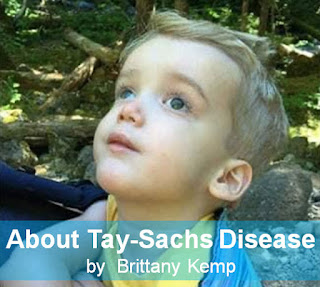The association between retail stimulant sales and ADHD diagnoses
By Christy Ogden
MBS2018, Geisinger Commonwealth School of MedicineCodgen@som.geisinge.edu
Mentor: Brian Piper, PhD
Prescription medication can be both effective and pricey. Many ailments are treated this way with a high price tag. Stimulant medications are used for the treatment of attention deficit hyperactivity disorder (ADHD). Retail sales trends of stimulant medications have changed over several years. The ADHD prevalence in the United States is about 11%. Treatment methods range from stimulant and non-stimulant medication to behavioral and psychological therapy. Changing rates of ADHD diagnoses may cause changes in retail stimulant sales.
Stimulants are known for their ability to improve dopamine levels. Among those with ADHD, 60% of patients are given stimulants. I personally know many people who have seen positive results from stimulant use as treatment for their ADHD. My good friend saw a GPA increase of 1.2 points after starting a daily regimen of Adderall. I have always been fascinated by the mechanism of stimulants, and wanted to better understand the association between stimulant medication retail sales and ADHD. Retail stimulant sales are rapidly increasing every year and ADHD diagnoses can be associated with this.
The U.S. Department of Justice Drug Enforcement Administration provides stimulant sales information via the Automation of Reports and Consolidated Orders System. Data were collected from 2006, 2011 and 2016 to understand the overall trend in the decade of 2006-2016. Adderall (amphetamine), Ritalin (methylphenidate), Desoxyn (methamphetamine) and Vyvanse (lisdexamfetamine) are the stimulants frequently prescribed to ADHD patients. Retail sales for these stimulants were recorded in kilograms (kg). The 50 United States were broken into the Northeast, South, Midwest and West regions. The total retail sales per year, region and drug type were transferred to Excel and compared to ADHD diagnoses trends in the United States.
There was a consistent increase in stimulant sales between 2006 and 2016. In 2006, the total retail sales were 25,052 kg, which increased to 38,458 kg in 2011, and 48,379 kg in 2016. The total retail stimulant sales increase was 25%. In 2016, Adderall sales totaled 19,892 kg and Ritalin sales totaled 18,906 kg during the same year. Vyvanse sales were 9,575 kg in 2016. Finally, Desoxyn sales in 2016 were 6 kg. Based on these results, 41% of stimulant sales during this year came from Adderall and 39% of the total sales came from Ritalin. Of the total retail sales, 19% were the result of Vyvanse sales and less than 1% of sales were the result of Desoxyn.
Regionally, stimulant sales totals varied consistently. Total stimulant sales for the three years analyzed totaled 112,720 kg. The Southern total was 45,201 kg and the Midwest total was 30,221 kg. The Northeastern retail sales total was 20,462 kg and the Western retail sales total was 16,833 kg. Of the total stimulant sales, 40% came from the Southern states and 27% from the Midwest region. The Northeastern and Western regional sales totals encompassed 18% and 15%, respectively, of total sales.
There was an average 250,000 new cases of ADHD during the same time period. With an increase in disorder prevalence comes a need for effective treatment, which would be stimulant medication in this case. Stimulant medication is the most common treatment option for ADHD patients, because 70% of children diagnosed with ADHD positively respond to stimulants. Of the stimulants analyzed, Adderall and Ritalin contributed the largest total stimulant sales. Adderall is used for its lengthy half-life and Ritalin for its equal efficacy in both adults and children. Currently, the highest and lowest prevalence for ADHD diagnoses is found in the Southern (11.8%) and Western (7.8%) regions, respectively. This explains the proportionality of regional sales for stimulant sales during the decade in question.
Researchers have estimated that the cost of illness for ADHD is $14,500 per patient per year. The price will continue to rise as the prevalence of this disorder rises because effective treatment is of the highest importance. Certain stimulants work more effectively, but as stimulants are usually the chosen treatment method for ADHD, it is now important to make affordable treatment plans available for those diagnosed with this disorder. More longitudinal studies should be done in order to understand the disorder and treatment methods.
Here is a link to an animation on this topic.



Comments
Post a Comment